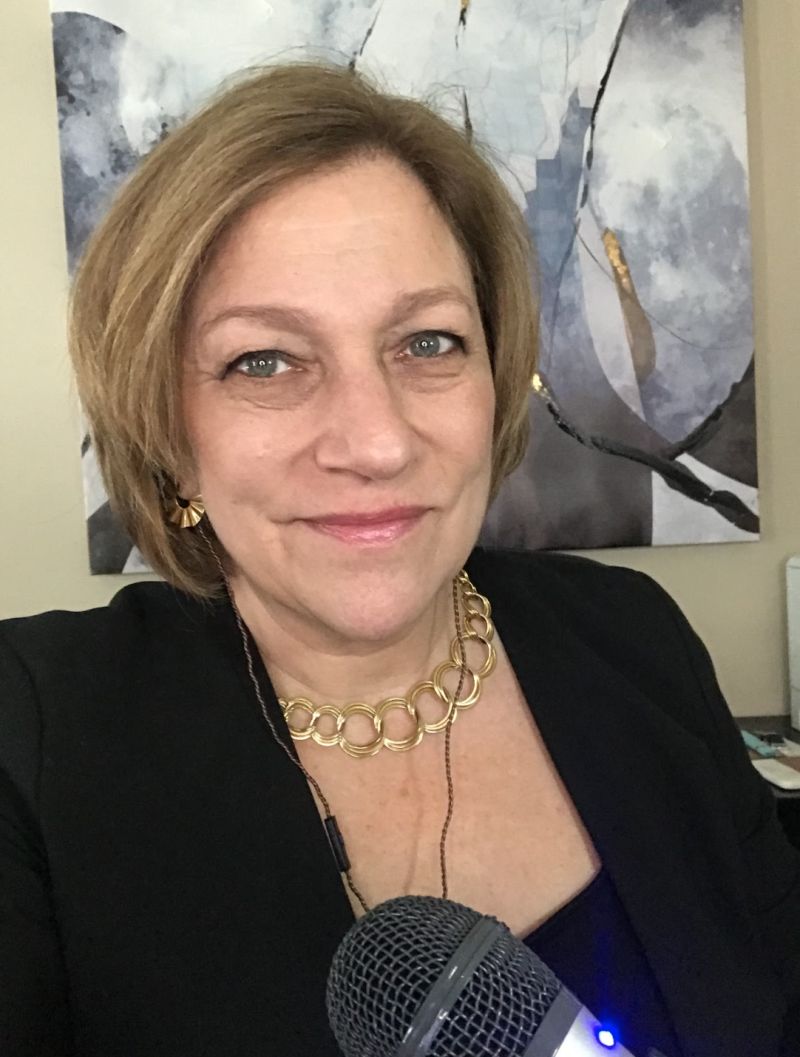When my client said “Sign me up”, I had finally hit a turning point. The majority of my networking conversations left me feeling drained. I knew I showed up with value, but often those conversations would be a one and done.
Mid-career professionals were coming out of the woodwork through referrals and I would spend an hour with each listening intently to their story and reframe a value proposition that floored them every time. They were amazed. I thought for sure they would return as I provided them so much value, but that wasn’t the case.
I then realized after some soul searching there was nothing wrong with the value that I provided. I was hesitating to extend offers in the context of not wanting to be “salesy”. However, things started to change when I began seeing these conversations as opportunities to help others. If someone doesn’t take advantage of an opportunity, that has nothing to do with me. When I show up with an authentic desire to help, everything changes.
If you would like an opportunity to see how I can help guide you through rapid change, let’s book a chat!








